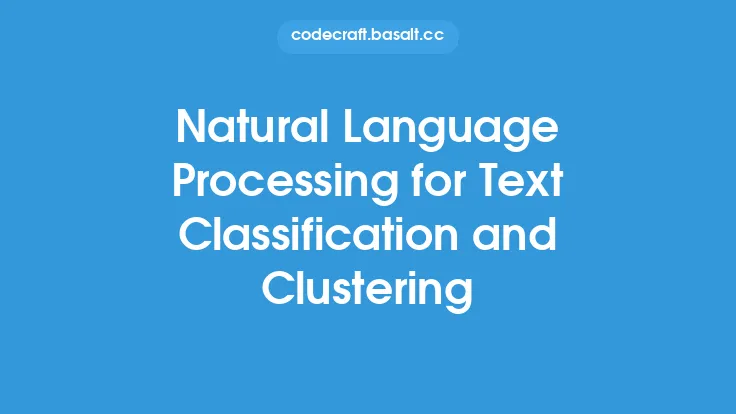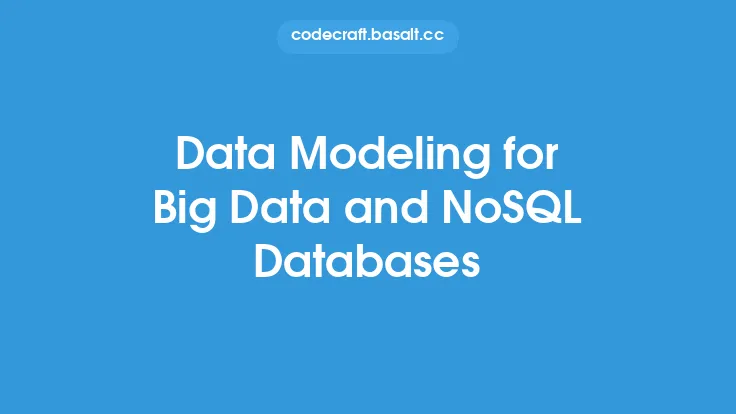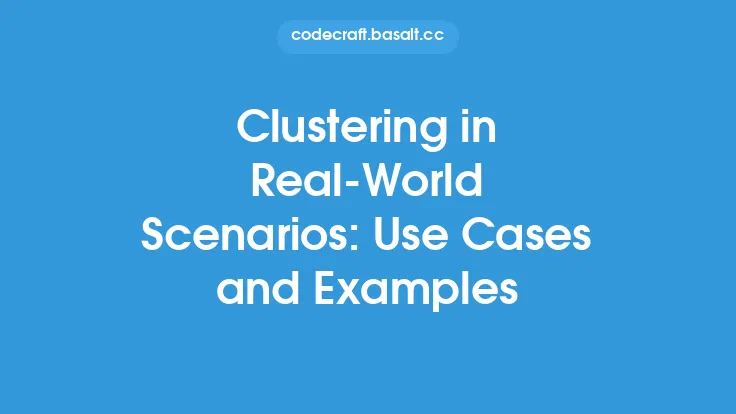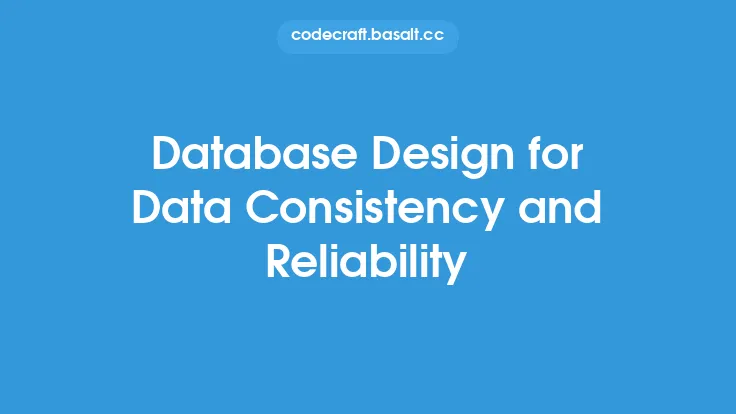Clustering is a fundamental technique in machine learning that enables the discovery of hidden patterns and structures within datasets. By grouping similar data points into clusters, clustering algorithms facilitate the exploration and understanding of complex data, leading to valuable insights and informed decision-making. In this article, we will delve into the world of clustering for data exploration and insight generation, exploring the concepts, techniques, and applications that make clustering an indispensable tool in the field of machine learning.
Introduction to Clustering Concepts
Clustering is an unsupervised learning technique that involves partitioning a dataset into clusters based on the similarity of their features. The goal of clustering is to identify groups of data points that are more similar to each other than to data points in other clusters. Clustering algorithms typically rely on distance metrics, such as Euclidean distance or cosine similarity, to measure the similarity between data points. The choice of distance metric depends on the nature of the data and the specific clustering algorithm being used. For instance, Euclidean distance is commonly used for continuous data, while cosine similarity is often preferred for text or categorical data.
Types of Clustering Techniques
There are several types of clustering techniques, each with its strengths and weaknesses. Some of the most common clustering techniques include partition-based clustering, hierarchical clustering, density-based clustering, and grid-based clustering. Partition-based clustering, such as K-Means, divides the data into a fixed number of clusters based on the similarity of their features. Hierarchical clustering, on the other hand, builds a tree-like structure by merging or splitting clusters recursively. Density-based clustering, such as DBSCAN, groups data points into clusters based on their density and proximity to each other. Grid-based clustering, such as STING, divides the data space into a grid and then clusters the data points based on their density and distribution within the grid.
Clustering for Data Exploration
Clustering is a powerful tool for data exploration, enabling the discovery of hidden patterns and relationships within complex datasets. By applying clustering algorithms to a dataset, researchers and analysts can identify clusters of similar data points, which can reveal valuable insights into the underlying structure of the data. For example, clustering can be used to identify customer segments based on their demographic and behavioral characteristics, or to group genes with similar expression profiles in bioinformatics. Clustering can also be used to identify outliers and anomalies in the data, which can be indicative of errors or unusual patterns that require further investigation.
Clustering for Insight Generation
Clustering can also be used to generate insights and predictions from complex datasets. By analyzing the characteristics of each cluster, researchers and analysts can identify trends, patterns, and relationships that can inform decision-making and strategy development. For instance, clustering can be used to identify the most profitable customer segments, or to predict the likelihood of a customer churn based on their behavioral characteristics. Clustering can also be used to identify the most effective marketing channels and campaigns, or to optimize the allocation of resources and budget.
Evaluating Clustering Results
Evaluating the results of clustering algorithms is crucial to ensure that the clusters are meaningful and useful. There are several metrics and techniques that can be used to evaluate clustering results, including silhouette analysis, Calinski-Harabasz index, and Davies-Bouldin index. Silhouette analysis measures the separation between clusters and the cohesion within clusters, while Calinski-Harabasz index evaluates the ratio of between-cluster variance to within-cluster variance. Davies-Bouldin index measures the similarity between each cluster and its most similar cluster, based on their centroid distances and scatter within the clusters.
Real-World Applications of Clustering
Clustering has numerous real-world applications across various industries and domains. In marketing, clustering can be used to segment customers based on their demographic and behavioral characteristics, and to develop targeted marketing campaigns. In healthcare, clustering can be used to identify patient subgroups with similar disease profiles, and to develop personalized treatment plans. In finance, clustering can be used to identify high-risk customers, and to develop strategies for risk management and mitigation. In social media, clustering can be used to identify influencer networks, and to develop strategies for social media marketing and engagement.
Challenges and Limitations of Clustering
Despite its many benefits and applications, clustering also has several challenges and limitations. One of the main challenges is the choice of clustering algorithm and parameters, which can significantly affect the quality and accuracy of the clustering results. Another challenge is the interpretation of clustering results, which can be complex and require specialized expertise. Clustering can also be sensitive to noise and outliers in the data, which can affect the accuracy and reliability of the clustering results. Finally, clustering can be computationally intensive, especially for large and complex datasets, which can require significant computational resources and infrastructure.
Future Directions and Trends
The field of clustering is constantly evolving, with new techniques and applications emerging all the time. Some of the future directions and trends in clustering include the development of more robust and scalable clustering algorithms, the integration of clustering with other machine learning techniques, such as deep learning and natural language processing, and the application of clustering to emerging domains, such as IoT and edge computing. Another trend is the increasing use of clustering in real-time and streaming data applications, such as fraud detection and recommender systems. Finally, there is a growing interest in the development of clustering algorithms that can handle complex and heterogeneous data, such as text, images, and videos.





